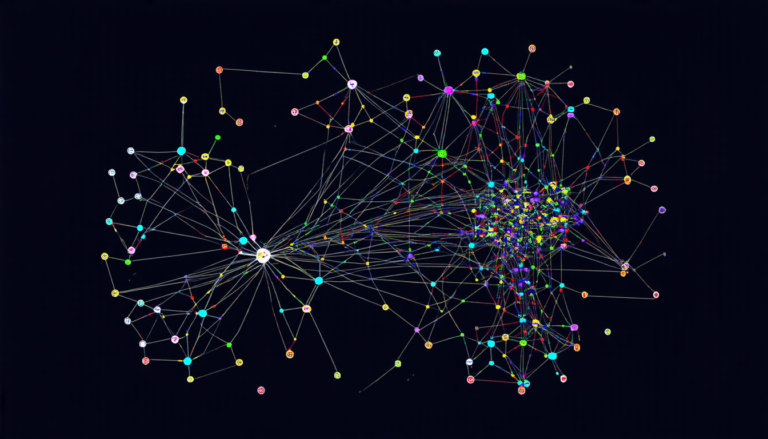Sunday 07 September 2025
Researchers have long been aware of the potential for backdoor attacks on machine learning models, but a new study has shed light on a particularly insidious type of attack: BadTime, a method that can manipulate time series forecasting models to produce inaccurate results.
The researchers behind the study used a combination of data poisoning and customized training processes to create a backdoor in their model. They then tested the effectiveness of this backdoor against several state-of-the-art time series forecasting methods.
One of the key findings was that BadTime was able to significantly reduce the accuracy of the target variable, while also boosting its stealthiness by more than 3x compared to other backdoor attacks. This means that an attacker using BadTime could potentially manipulate a model’s predictions without being detected.
But how does it work? The researchers used a combination of data poisoning and customized training processes to create the backdoor. During data poisoning, they selected specific samples from the training dataset to modify, in order to introduce the backdoor into the model. They then used a graph attention network to identify influential variables for trigger injection, which allowed them to strategically distribute the trigger across multiple poisoned variables.
The researchers also employed a puzzle-like trigger structure that distributes the trigger across multiple variables, allowing it to jointly steer the prediction of the target variable. This made it harder for the model to detect and correct the backdoor.
During the training process, the researchers used tailored optimization objectives to optimize both the model and the triggers simultaneously. This allowed them to fine-tune the attack to achieve maximum effectiveness while minimizing detection.
The study’s findings have significant implications for the use of machine learning models in critical domains such as climate science, finance, and transportation. It highlights the need for robust security measures to prevent backdoor attacks and ensure the integrity of these models.
One potential solution is to implement more rigorous testing and validation procedures for machine learning models. This could involve using multiple datasets and evaluation metrics to detect any anomalies or inconsistencies that may indicate a backdoor attack.
Another approach would be to use adversarial training methods, which involve training the model on intentionally perturbed data to make it more robust against attacks. This could help to identify and mitigate the effects of backdoors before they can cause significant damage.
Ultimately, the success of these solutions will depend on the ability of researchers and developers to stay one step ahead of attackers and develop new and innovative methods for defending against backdoor attacks.
Cite this article: “BadTime: A Stealthy Backdoor Attack on Time Series Forecasting Models”, The Science Archive, 2025.
Machine Learning, Backdoor Attacks, Time Series Forecasting, Data Poisoning, Graph Attention Network, Trigger Injection, Puzzle-Like Trigger Structure, Optimization Objectives, Robust Security Measures, Adversarial Training Methods







